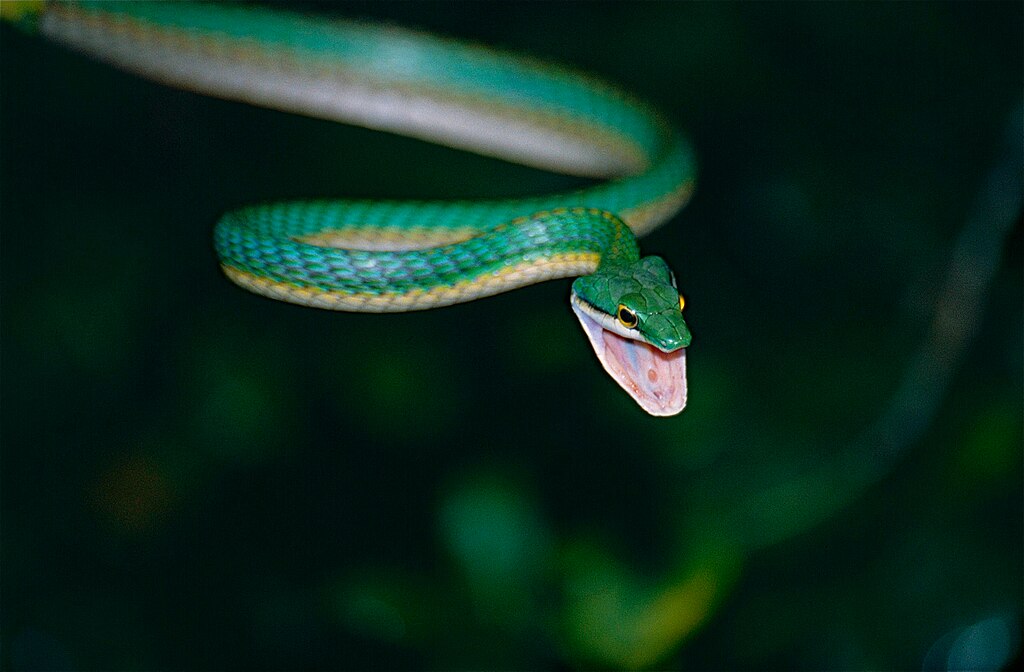Have you ever wondered if your pet snake can experience something similar to what humans call a “bad day”? While we often attribute moods and emotions to our pets based on how we perceive their behavior, understanding the reality of snake psychology requires looking beyond our human biases. Snakes, with their alien-seeming physiology and expressionless faces, present a particular challenge when it comes to interpreting their mental states. This article explores whether snakes can truly have bad days, how reptile emotions manifest, and what behavioral changes might actually indicate in these fascinating creatures.
The Basics of Reptile Psychology
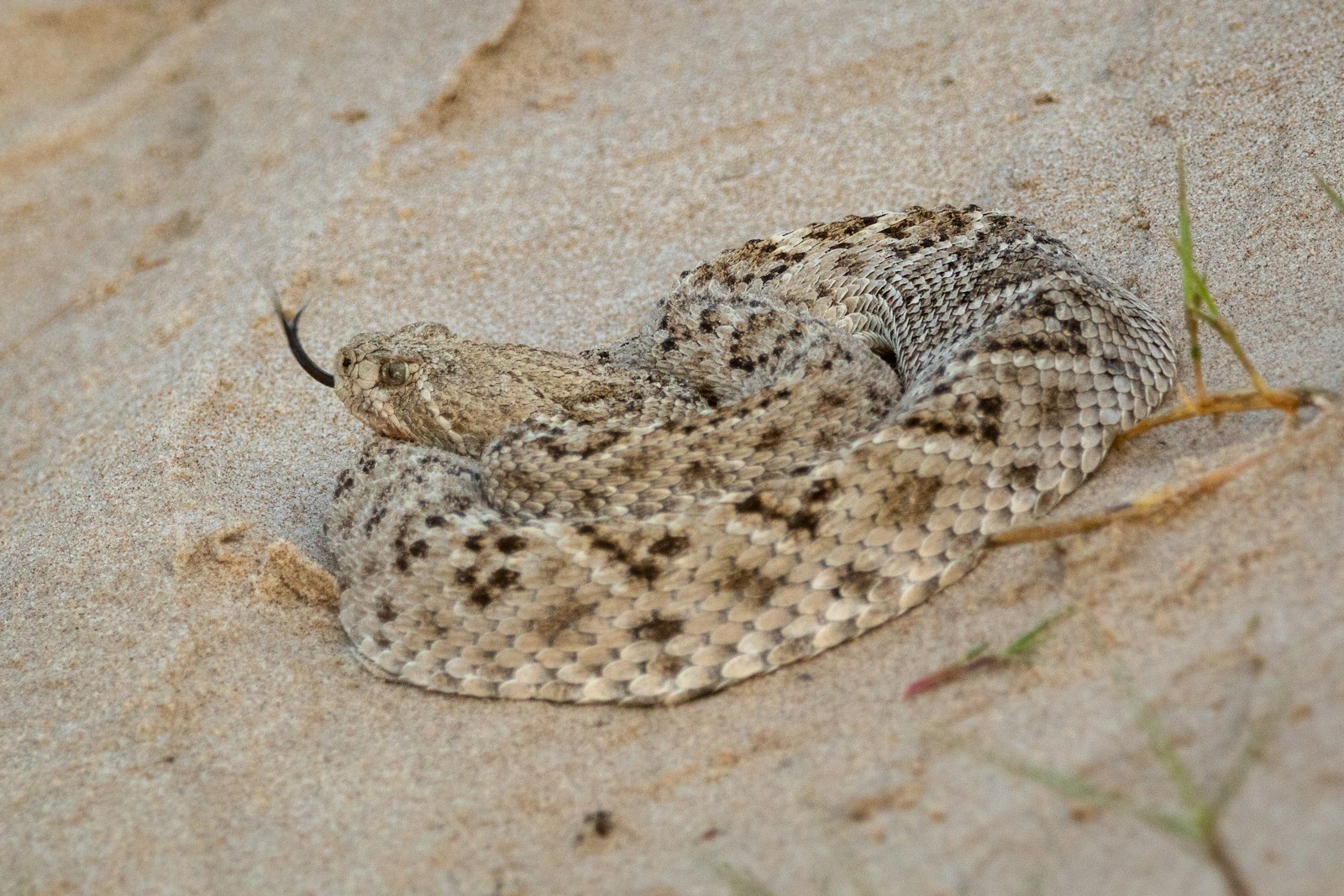
Snakes possess brains that are structurally different from mammals, lacking a neocortex – the brain region responsible for complex emotions and higher cognition in humans and other mammals. Their neural architecture is primarily designed for survival functions like hunting, defending against threats, and reproduction rather than processing complex emotions. This doesn’t mean snakes are emotionless automatons, but their emotional repertoire is significantly different from what humans experience. Research suggests reptiles can experience primitive emotions like fear, aggression, and pleasure, but these are more accurately described as instinctual responses than complex emotional states. Understanding this fundamental difference is crucial when interpreting snake behavior and avoiding anthropomorphizing these remarkable reptiles.
The Anthropomorphism Trap
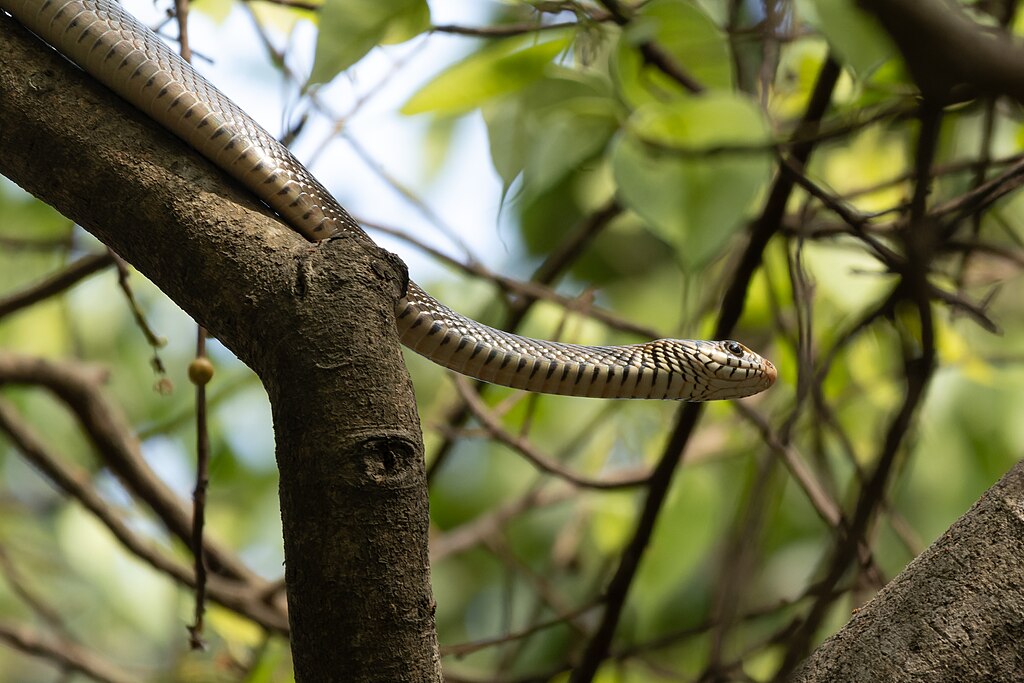
Humans have a natural tendency to project human-like qualities onto animals, a phenomenon known as anthropomorphism. When a snake refuses to eat or seems lethargic, it’s tempting to conclude they’re “having a bad day” or feeling “sad.” This interpretation, while comforting to us as owners, can be misleading and potentially dangerous for the animal. Attributing human emotions to snakes often leads to misinterpreting genuine health issues or environmental stressors as mere mood swings. Responsible snake ownership requires recognizing this bias and learning to observe snake behavior through the lens of their natural biology rather than our human experience. What might look like a snake “sulking” could actually indicate serious health concerns that require veterinary attention.
Physical Discomfort vs. Emotional States
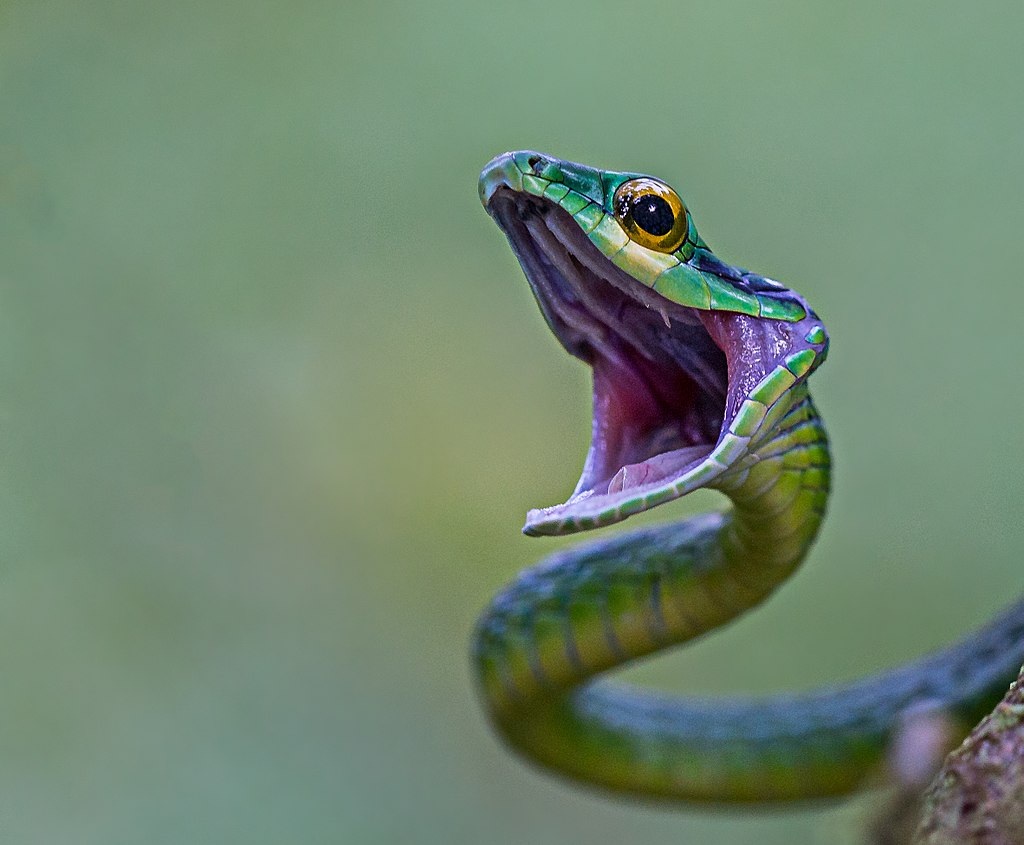
What might appear as a snake having a “bad day” is typically a manifestation of physical discomfort rather than an emotional state comparable to human sadness or irritability. Snakes may become less active, refuse food, or display defensive behaviors when they’re experiencing pain, illness, or suboptimal environmental conditions. For instance, a snake that suddenly becomes more aggressive might be suffering from an internal injury or infection rather than simply being “grumpy.” Temperature gradients that fall outside a snake’s preferred range can significantly alter their behavior, as can improper humidity levels or the onset of shedding. Recognizing these physical factors helps owners address the actual causes of behavioral changes rather than dismissing them as temporary moods.
Environmental Stressors and Snake Behavior
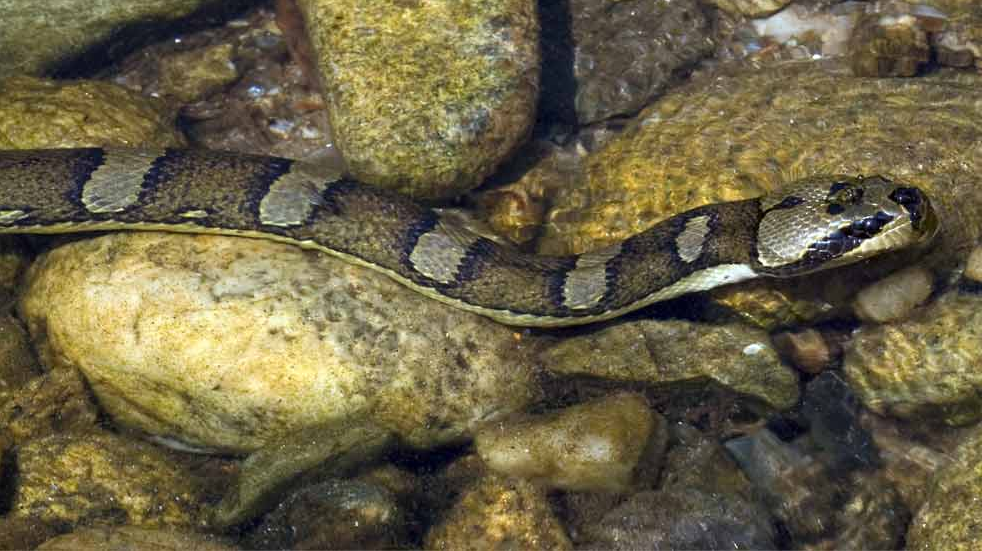
Environmental factors play a crucial role in snake behavior and what might be interpreted as mood. Snakes are highly sensitive to their surroundings, with even subtle changes potentially triggering stress responses. A new decoration in their enclosure, unfamiliar scents, or changes in their routine can cause behaviors that might be misinterpreted as the snake having a “bad day.” Loud noises, excessive handling, or the presence of potential predators (including household pets) can also induce stress in captive snakes. These stressors can manifest as hiding behavior, decreased appetite, increased defensive posturing, or unusual movement patterns. Creating a consistent, secure environment that mimics a snake’s natural habitat is essential for minimizing these stress-induced behavioral changes.
The Impact of Seasonal Changes
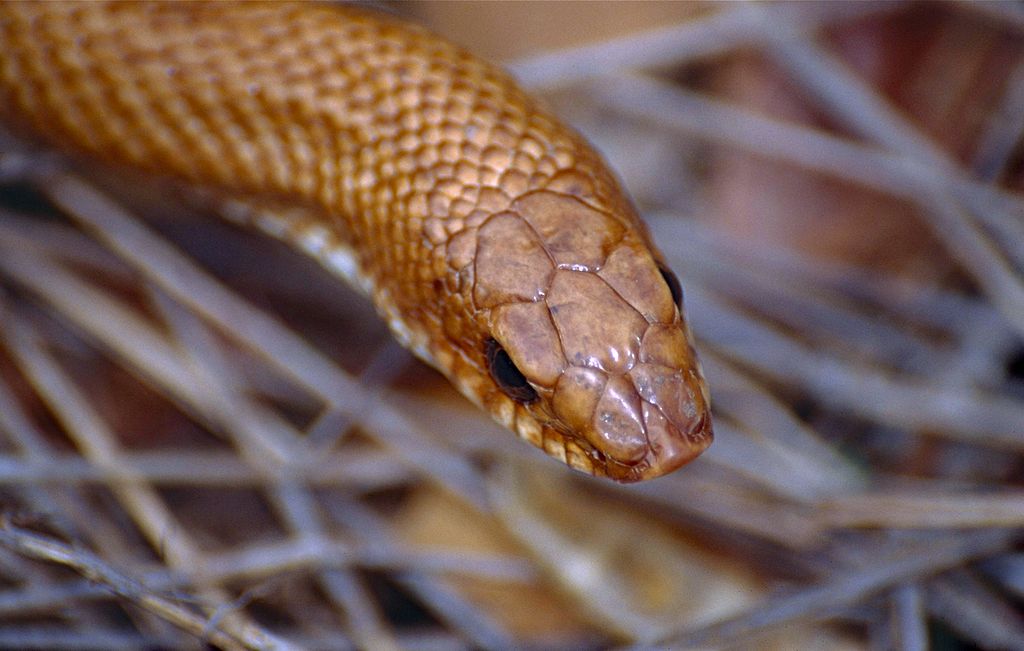
Many snake species undergo behavioral changes tied to seasonal cycles, which might be misinterpreted as mood fluctuations. During brumation (a reptilian state similar to hibernation), snakes naturally become less active and may refuse food for extended periods. Breeding seasons can trigger heightened activity, increased aggression, or changes in feeding patterns in both male and female snakes. These cyclical behaviors are governed by hormonal changes and evolutionary adaptations rather than emotional states. Even captive snakes kept in controlled environments often retain these innate seasonal rhythms. Understanding the natural annual cycle of your particular snake species can help differentiate between normal seasonal behavior and potential problems requiring intervention.
Handling Stress and Recovery Periods

Handling can be a significant source of what might be perceived as “bad day” behavior in snakes. Unlike some domesticated animals, snakes haven’t evolved to seek or enjoy human contact, though many can become accustomed to careful handling. After being handled, snakes often need recovery time to readjust to their environment and reduce their stress levels. A snake that seems irritable or withdrawn following handling isn’t experiencing an emotional “mood” but is physiologically responding to what it may perceive as a predatory threat. Respecting these recovery periods is essential for the snake’s wellbeing. Experienced handlers recommend limiting sessions to 15-20 minutes and watching for stress signals like rapid breathing, tense muscles, or defensive posturing that indicate the snake needs to be returned to its enclosure.
Hunger, Digestion, and Behavioral Changes
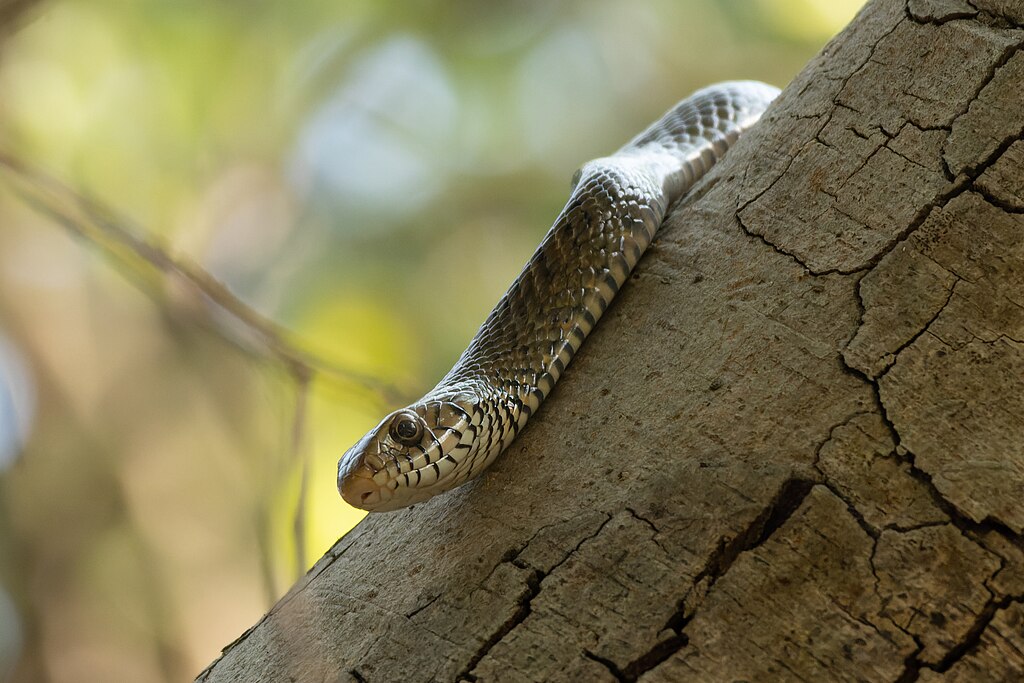
A snake’s feeding cycle significantly influences behavior in ways that might be misinterpreted as mood swings. Before feeding, a hungry snake might become more active and alert as it searches for prey. Conversely, after consuming a meal, snakes typically become sedentary while focusing their energy on digestion, which can take days or even weeks for large meals. During this digestive period, snakes often seek out warmer areas of their enclosure and may be less responsive to stimuli. These natural behavioral shifts related to feeding and digestion are sometimes mistaken for the snake having “good days” or “bad days.” Understanding your snake’s specific feeding requirements and digestion timeline helps distinguish between normal post-feeding lethargy and potential health concerns that require attention.
The Shedding Process and Temporary Behavioral Changes

The shedding process (ecdysis) is another natural cycle that dramatically affects snake behavior and might be misinterpreted as a “bad mood.” In the days leading up to shedding, snakes often become more reclusive, irritable, and may refuse food as their skin loosens and their vision becomes temporarily impaired due to the clouding of their eye caps. This period of vulnerability naturally triggers defensive behaviors and reduced activity. A snake isn’t having a “bad day” during pre-shed; it’s experiencing a physically demanding process that requires energy and caution. After completing a successful shed, most snakes return to their normal behavior patterns and feeding schedules. Providing appropriate humidity and rough surfaces for shedding can help make this process less stressful for captive snakes.
Individual Temperament and Personality

While snakes don’t experience emotions in the human sense, they do display individual temperaments and behavioral tendencies that remain relatively consistent throughout their lives. Some snakes are naturally more defensive or shy, while others may be more tolerant of handling or curious about their environment. These individual differences are influenced by genetics, early life experiences, and species-specific traits rather than day-to-day emotional fluctuations. An owner who understands their snake’s baseline temperament can better identify when behavior truly deviates from normal in ways that might indicate health issues. Recognizing and respecting these individual traits allows for more appropriate care and handling techniques tailored to each snake’s specific needs.
Signs of Genuine Distress in Snakes

While snakes don’t have “bad days” in the human sense, they do exhibit recognizable signs of distress that require attention. Regurgitation after feeding, abnormal breathing patterns, unusual posturing, or significant changes in activity levels can indicate serious health concerns. Consistent refusal of food beyond normal fasting periods, weight loss, or unusual discharge from the mouth or cloaca are red flags that warrant veterinary care. Repetitive behaviors like continuously rubbing against enclosure walls or constant movement might indicate neurological issues or severe environmental stress. Learning to differentiate between these genuine signs of distress and normal behavioral variations is essential for responsible snake keeping. When in doubt, consulting with a veterinarian specializing in reptiles is always the safest approach.
How Snakes Communicate Discomfort
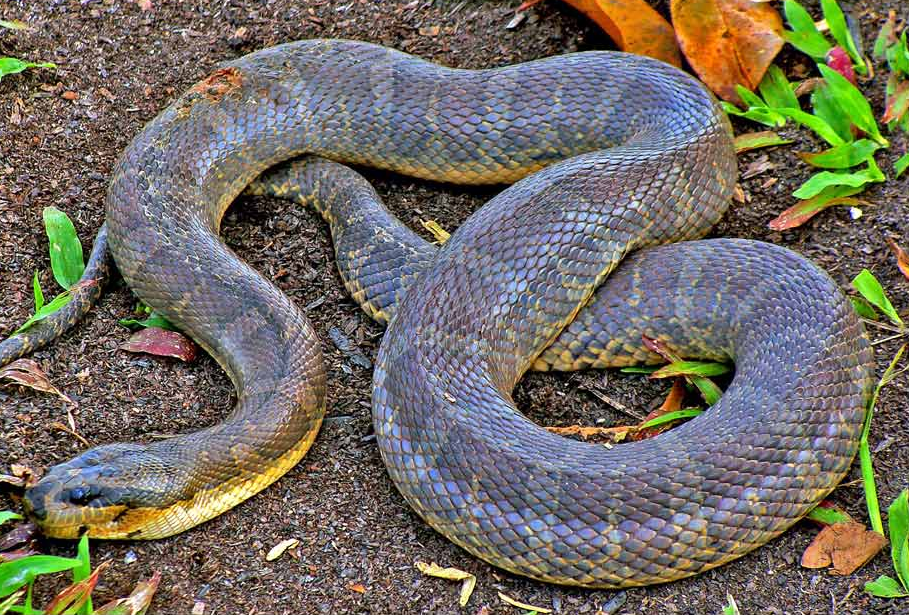
Snakes have evolved specific behavioral signals to communicate discomfort or threat perception, though these are often subtle and easily misinterpreted by inexperienced keepers. Defensive posturing, such as flattening the neck (in cobras and some colubrids), hissing, rattling the tail, or striking with a closed mouth, indicates the snake feels threatened rather than “moody.” Some species may release musk or fecal matter when handling stress exceeds their tolerance threshold. More subtle signs include tight muscle tone, rapid tongue flicking, or seeking hiding places with unusual urgency. These communications are not expressions of emotional states but rather evolved survival responses to perceived threats or discomfort. Learning to read these species-specific signals helps owners respond appropriately to their snake’s needs rather than projecting human emotional frameworks onto their behavior.
Creating Optimal Conditions for Snake Wellbeing
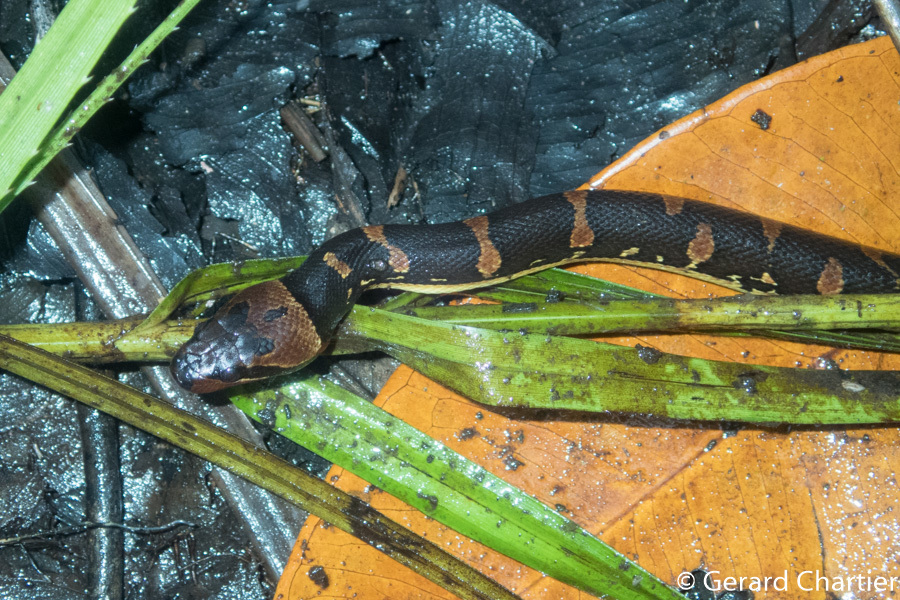
The most effective way to prevent behavior that might be misinterpreted as a snake having “bad days” is to create and maintain optimal living conditions. This includes providing appropriate temperature gradients that allow the snake to thermoregulate, correct humidity levels for their species, adequately sized and secure hiding spots, and an enclosure large enough for normal movement and exploration. Regular cleaning prevents buildup of bacteria and parasites that could cause health issues and behavioral changes. Maintaining a consistent feeding schedule appropriate for the snake’s species, age, and size also contributes to stable behavior patterns. Minimizing unnecessary disturbances and providing enrichment appropriate to the species’ natural behaviors helps prevent stress-related issues. When these fundamental needs are consistently met, many of the behaviors owners might interpret as “moods” simply don’t develop.
The Importance of Expertise in Snake Behavior

Developing expertise in species-specific snake behavior is crucial for distinguishing between normal variations and concerning changes. Behaviors that might seem alarming to novice keepers are often completely normal for certain species or during particular life stages. For example, some arboreal species naturally spend long periods motionless, while others are more active explorers. Juvenile snakes often exhibit different behavioral patterns than adults of the same species. Joining herpetological societies, connecting with experienced keepers, and consulting species-specific care guides can help develop this expertise. Working with reptile-specialized veterinarians who understand normal versus abnormal behavior provides another valuable resource. This knowledge base helps owners respond appropriately to their snake’s behavior without anthropomorphizing or overlooking genuine health concerns.
Understanding snake behavior requires setting aside our human emotional frameworks and learning to interpret their actions through the lens of their unique biology and evolutionary history. While snakes don’t experience “bad days” in the human sense, they do respond to physical discomfort, environmental stressors, and biological cycles in ways that affect their behavior. By focusing on meeting their physical and environmental needs rather than attributing human-like emotions to them, we can provide better care for these fascinating reptiles. The next time your snake seems “grumpy,” consider what biological or environmental factors might be influencing its behavior – the answer usually lies in their physical experience rather than their emotional state.

